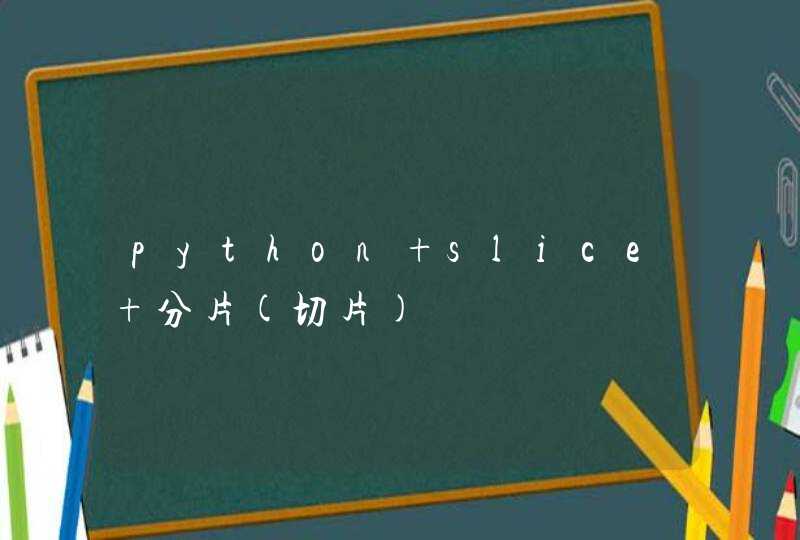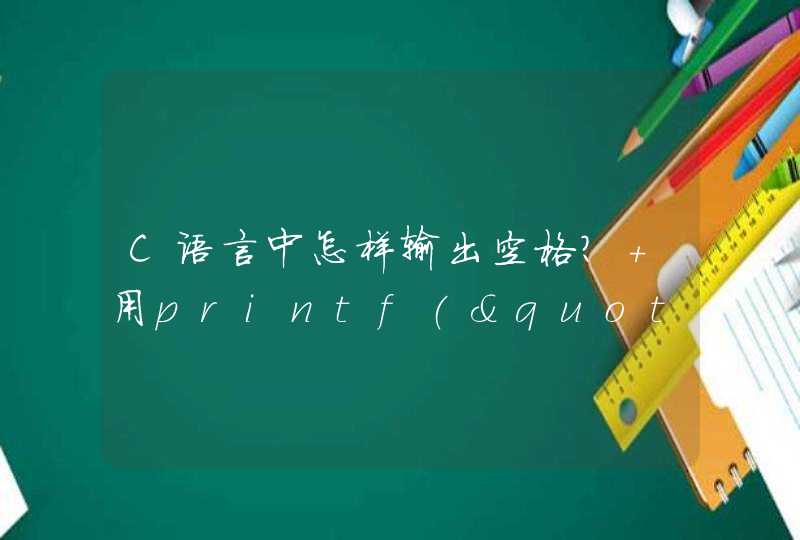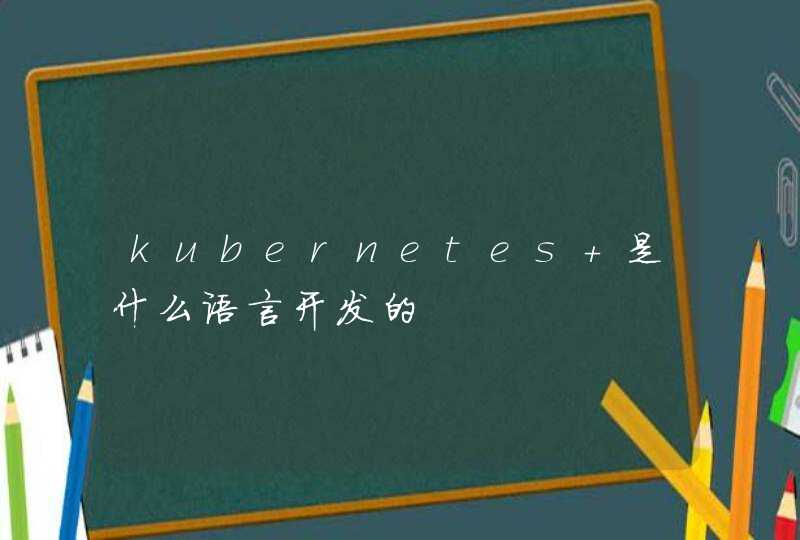
先介绍几种常用的方法:
1、使用MatchString函数或Match函数
regexp.MatchString(pattern string, s string) pattern为正则表达式,s为需要校验的字符串
regexp.Match(pattern string, b []byte) pattern为正则表达式,s为需要校验的字符串
它们的作用都是匹配,区别在于参数为字符串和切片
实例如下:
2、使用 Compile函数或MustCompile函数
它们的区别是Compile返回两个参数 Regexp,error类型,而MustCompile只返回 Regexp类型
它们的作用是将正则表达式进行编译,返回优化的 Regexp 结构体,该结构体有需多方法。
实例如下:
3、查找正则匹配字串( 注:函数名包含string的所传参数为string 其他的均为[]byte 带All是所有)
查找正则匹配的字符串位置( 注:函数名包含string的所传参数为string 其他的均为[]byte 带All是所有)
4、替换
正则替换
按原文替换
函数处理替换源字串
5、Regexp结构体中一些常用的方法
正则中有分组这个功能,在golang中也可以使用命名分组。一次匹配的情况
场景还原如下:
有一行文本,格式为:姓名 年龄 邮箱地址
请将其转换为一个map
代码实现如下:
str := `Alice 20 [email protected]`
// 使用命名分组,显得更清晰
re := regexp.MustCompile(`(?P<name>[a-zA-Z]+)\s+(?P<age>\d+)\s+(?P<email>\w+@\w+(?:\.\w+)+)`)
match := re.FindStringSubmatch(str)
groupNames := re.SubexpNames()
fmt.Printf("%v, %v, %d, %d\n", match, groupNames, len(match), len(groupNames))
result := make(map[string]string)
// 转换为map
for i, name := range groupNames {
if i != 0 &&name != "" { // 第一个分组为空(也就是整个匹配)
result[name] = match[i]
}
}
prettyResult, _ := json.MarshalIndent(result, "", " ")
fmt.Printf("%s\n", prettyResult)
输出为:
[Alice 20 [email protected] Alice 20 [email protected]], [ name age email], 4, 4
{
"age": "20",
"email": "[email protected]",
"name": "Alice"
}
注意 [ name age email]有4个元素, 第一个为""。
多次匹配的情况
接上面的例子,实现一个更贴近现实的需求:
有一个文件, 内容大致如下:
Alice 20 [email protected]
Bob 25 [email protected]
gerrylon 26 [email protected]
...
更多内容
和上面一样, 不过这次转出来是一个slice of map, 也就是多个map。
代码如下:
// 文件内容直接用字符串表示
usersStr := `
Alice 20 [email protected]
Bob 25 [email protected]
gerrylon 26 [email protected]
`
userRe := regexp.MustCompile(`(?P<name>[a-zA-Z]+)\s+(?P<age>\d+)\s+(?P<email>\w+@\w+(?:\.\w+)+)`)
// 这里要用FindAllStringSubmatch,找到所有的匹配
users := userRe.FindAllStringSubmatch(usersStr, -1)
groupNames := userRe.SubexpNames()
var result []map[string]string // slice of map
// 循环所有行
for _, user := range users {
m := make(map[string]string)
// 对每一行生成一个map
for j, name := range groupNames {
if j != 0 &&name != "" {
m[name] = strings.TrimSpace(user[j])
}
}
result = append(result, m)
}
prettyResult, _ := json.MarshalIndent(result, "", " ")
fmt.Println(string(prettyResult))
输出为:
[
{
"age": "20",
"email": "[email protected]",
"name": "Alice"
},
{
"age": "25",
"email": "[email protected]",
"name": "Bob"
},
{
"age": "26",
"email": "[email protected]",
"name": "gerrylon"
}
]
1
2
3
4
5
6
7
8
9
10
11
12
13
14
15
16
17
总结
使用命名分组可以使正则表示的意义更清晰。
转换为map更加符合人类的阅读习惯,不过比一般的根据索引取分组值麻烦一些。
————————————————
版权声明:本文为CSDN博主「butterfly5211314」的原创文章,遵循CC 4.0 BY-SA版权协议,转载请附上原文出处链接及本声明。
原文链接:https://blog.csdn.net/butterfly5211314/article/details/82532970
go语言有支持正则表达式后向引用的方法,方法如下package main
import (
"fmt"
"os"
"path/filepath"
"regexp"
)
func main() {
// 命令行参数
args := os.Args
// 检查参数
if len(args) == 1 {
fmt.Println("ff is a file find tool. use like bottom")
fmt.Println("ff [dir] [regexp]")
return
}
if len(args) <3 {
fmt.Println("args <3")
return
}
fileName := args[1]
pattern := args[2]
file, err := os.Open(fileName)
if err != nil {
fmt.Println(err)
return
}
fi, err := file.Stat()
if err != nil {
fmt.Println(err)
return
}
if !fi.IsDir() {
fmt.Println(fileName, " is not a dir")
}
reg, err := regexp.Compile(pattern)
if err != nil {
fmt.Println(err)
return
}
// 遍历目录
filepath.Walk(fileName,
func(path string, f os.FileInfo, err error) error {
if err != nil {
fmt.Println(err)
return err
}
if f.IsDir() {
return nil
}
// 匹配目录
matched := reg.MatchString(f.Name())
if matched {
fmt.Println(path)
}
return nil
})
}



































































